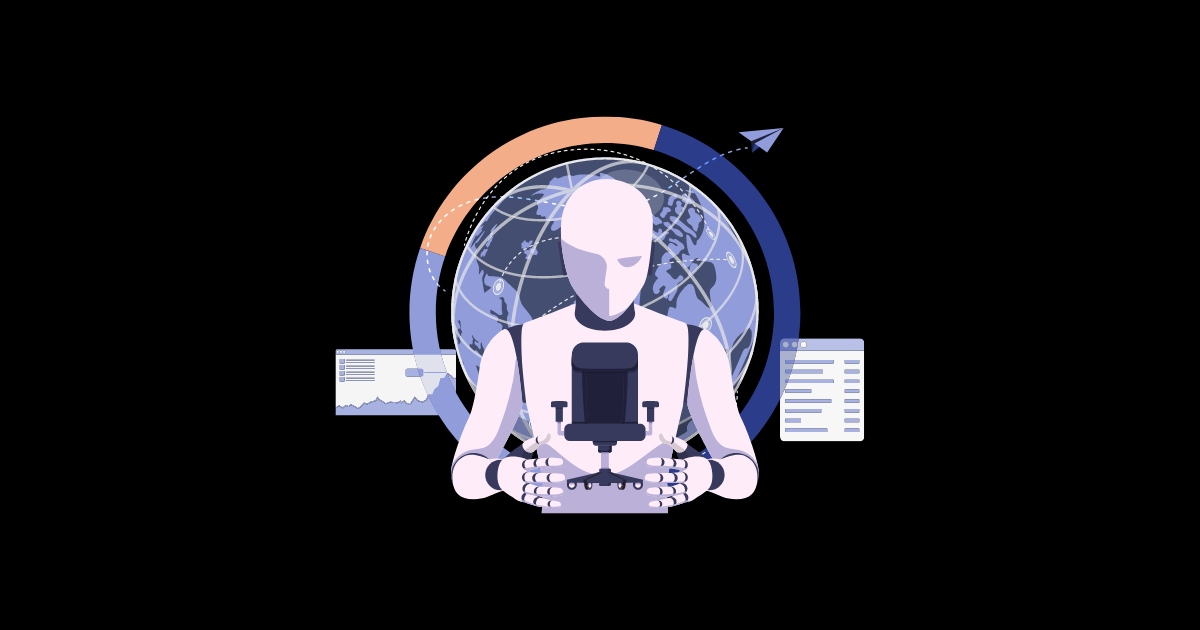The future of work is rapidly changing. The way we work is constantly evolving, and technology is a major driver of this change. From the rise of remote work to the increasing use of automation and artificial intelligence, the digital revolution is transforming the workplace in unprecedented ways. Collaborative tools and online learning platforms are also changing the way we work and acquire new skills. In this article, we’ll explore the future of work and how technology is changing the way we work and collaborate.
Today, we’ll look at the benefits and challenges of these changes and what workers and businesses can do to adapt to this rapidly evolving landscape. If your business is struggling to keep up with the ever-changing technology, contact Solheim Technologies to talk about how we can
Remote Work
One of the biggest changes that technology is bringing to the workplace is the ability to work remotely. Remote work has been gaining popularity for years, but the COVID-19 pandemic has accelerated the trend, forcing millions of people around the world to work from home. Many experts believe that remote work is here to stay, with more companies realizing the benefits of a distributed workforce.
Remote work is made possible by advances in communication technology such as video conferencing, instant messaging, and collaboration tools. These technologies enable employees to communicate and collaborate with each other in real-time, regardless of where they are located. Video conferencing tools like Zoom and Microsoft Teams have become essential for remote teams, allowing them to hold meetings and collaborate on projects from anywhere in the world.
Artificial Intelligence
Another trend that is transforming the workplace is the rise of automation and artificial intelligence. Automation technologies such as robotic process automation (RPA) and chatbots are already being used to streamline repetitive tasks and improve efficiency. AI and machine learning are also being used to analyze data and provide insights that can help businesses make better decisions.
In the future, AI is expected to become even more sophisticated, with the ability to perform more complex tasks such as customer service and sales. This will free up human workers to focus on more creative and strategic work, while machines take care of the routine tasks.
The rise of automation and AI is also leading to concerns about job displacement. While some jobs will be automated, new jobs will also be created to support these technologies. For example, data analysts and AI specialists are in high demand as businesses seek to extract insights from data and develop AI applications.
Collaboration tools
Collaboration tools are also changing the way we work. Traditional email is being replaced by more collaborative tools such as Slack, Microsoft Teams, and Trello. These tools allow teams to work together more efficiently, sharing ideas and collaborating on projects in real-time. They also enable teams to work asynchronously, with members able to contribute to projects on their own schedule.
The rise of collaboration tools is also leading to changes in workplace culture. With more teams working remotely, it’s important to create a sense of community and collaboration. Collaboration tools can help foster this sense of community by enabling teams to communicate and collaborate with each other, regardless of their physical location.
Adapting to Change
The digital revolution is also transforming how we learn and acquire new skills. Online learning platforms such as Coursera and Udacity make it easier for workers to develop new skills and advance their careers. These platforms offer various courses and certifications in programming, data science, and business.
Online learning is also making education more accessible to people around the world. With online courses, students can learn from anywhere, at any time, without having to attend a physical classroom. This has the potential to democratize education and create more opportunities for people who may not have had access to traditional educational resources.
One of the challenges of the digital revolution is the need for workers to continually adapt and learn new skills. With technology changing at a rapid pace, it’s important for workers to stay up-to-date with the latest trends and tools. This requires a mindset of lifelong learning and a willingness to embrace new technologies.
Finding the Balance
Finally, the digital revolution is also changing the way we think about work-life balance. With more workers working remotely, the line between work and home is becoming increasingly blurred. It’s important for workers to set boundaries and establish healthy habits to maintain a balance between work and personal life.
Conclusion
The future of work is being transformed by the digital revolution. Remote work, automation, AI, collaboration tools, and online learning platforms are just a few of the technologies that are changing the way we work and collaborate. These technologies offer many benefits, including increased efficiency, flexibility, and access to new opportunities. However, they also present challenges, including the need for workers to continually adapt and learn new skills, and the need to establish healthy boundaries between work and personal life. As the digital revolution continues to evolve, it’s important for workers and businesses alike to stay informed and embrace new technologies in order to thrive in the changing landscape of work.

